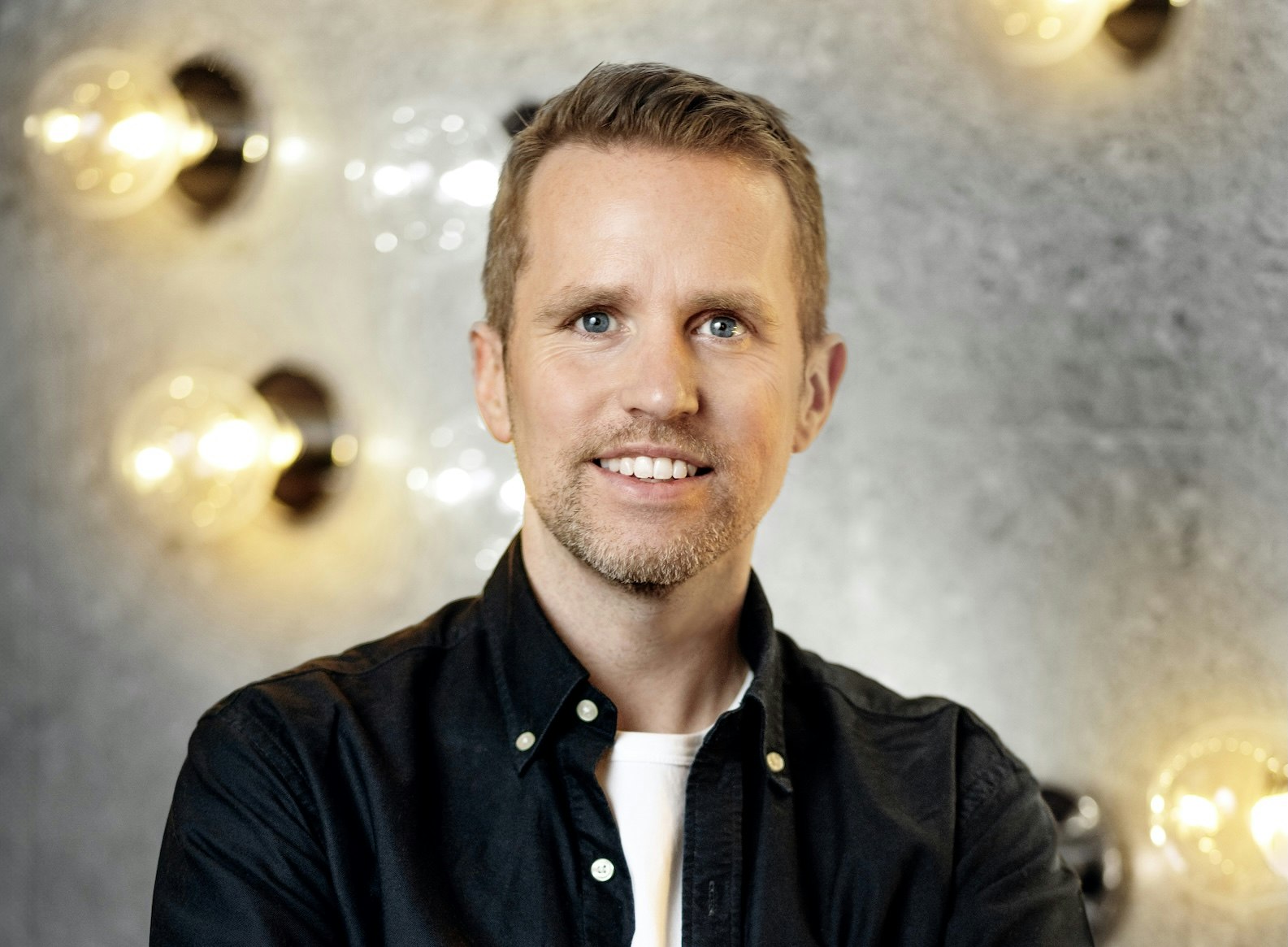Tech startups are often seen as synonymous with youthful ambition, which means older workers can be unfairly overlooked for roles, says Khyati Sundaram, CEO of ethical hiring company Applied. Yet, research shows that age diversity can benefit a business at any stage.
In our Startup Life newsletter, we asked Khyati for her advice on avoiding ageism in the hiring process and supporting older workers in the workplace.
Diversify your talent pipeline
Older workers tend to look for part-time roles and employers who offer flexibility around working locations, so advertising jobs via Flexa — a platform listing flexible jobs — is a good place to start. Generally, the more recruitment platforms you use, the more diverse your applicant pool is likely to be, so use multiple platforms to hire, like LinkedIn and Indeed.
Offering apprenticeship schemes and training for successful candidates to develop their skills on the job can also help attract older applicants who are looking to switch careers, as well as retirees who are looking to re-enter the workforce.
Use inclusive language in job adverts
Don’t use words such as "energetic" and "fun" in your job descriptions, as they have been found to deter older candidates from applying for roles. Instead of advertising for a "new graduate", advertise for a "new joiner" — or label the job as a "transition scheme" rather than a "graduate scheme".
Also, focus on listing skills that are actually needed for the job, rather than asking for personality traits or previous experience — which are not accurate indicators of how capable a person is. Ethical AI can help flag up language on job adverts that might deter certain groups, and can also be used to identify the skills needed for specific roles.
Remove bias from the application process
Make all candidate applications anonymous. Also, don’t ask candidates to give information on their date of birth, graduation year or even their name — as these can cause hiring teams to lean into subconscious bias.
Don’t ask candidates to declare any career gaps on their CVs. There’s a misconception that people who have taken time out of work are less skilled or up to date with technology. This stigma disadvantages older workers who have had more time to acquire career gaps — either to care for children or sick relatives, or following a temporary period of retirement.
Ideally, employers shouldn’t ask candidates to supply job histories at all, but if this isn’t possible, startups should ensure that the start and end dates from a candidate’s previous roles are removed on application forms, and replaced with the number of years experience gained in each role instead.
Remove small talk from interviews
Asking about candidates’ hobbies and personal life can trigger unconscious bias, as interviewers can end up favouring candidates they have common ground with. Structure interviews so that every candidate is asked the same questions in the same order. This will prevent interviewers from straying into more personal conversations and ensures they are being objective when analysing candidates.
Use work sample questions — where candidates are asked to explain their approach to different aspects of a specific role — to help you decide whether a candidate’s skills match those needed for the job. To test the pitching skills of someone applying to a sales role, for example, you could ask them how they’d go about presenting a particular product to a prospective lead.
Make company policies more inclusive
First, consider offering flexible work. Research shows that older workers are more likely to seek part-time roles, while job-sharing may suit "un-retirees" who don’t want to return to full-time employment. Older workers — who may not need senior colleagues nearby to show them the ropes, and who don’t need to socialise with colleagues regularly — also tend to prefer working from home. For older workers who want to come into office, ensure your workplaces are accessible.
Consider whether your health insurance offering and other healthcare benefits meet the needs of older workers; as well as whether pension schemes are robust enough to support those who’ve come out of retirement for financial reasons.
On the subject of... Building age-inclusive workspaces
🔢 Age discrimination in hiring. Recruiting software company Recruitee has a solid guide on what ageism is and how to prevent it.
💡 Expand your idea of a “capable” tech worker. Rather than prioritising CVs full of tech experience, consider what an older worker could bring after spending decades in an adjacent industry.
👩🏽💻 Does unconscious bias training actually work? Well, no. The positive effects of the training have actually proven to be temporary, typically wearing off after eight weeks.
🤔 Older workers are being sidelined in tech. Here is a compelling story of one woman’s experience of ageism, and what she thinks companies should be doing to tackle it.
🫶 Support employees with disabilities. Start by asking employees what they need to do their best work.



